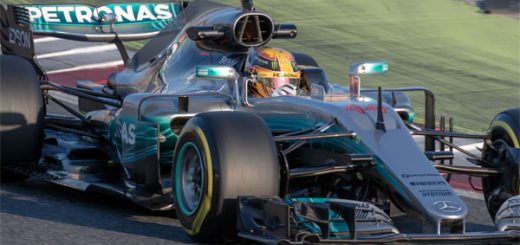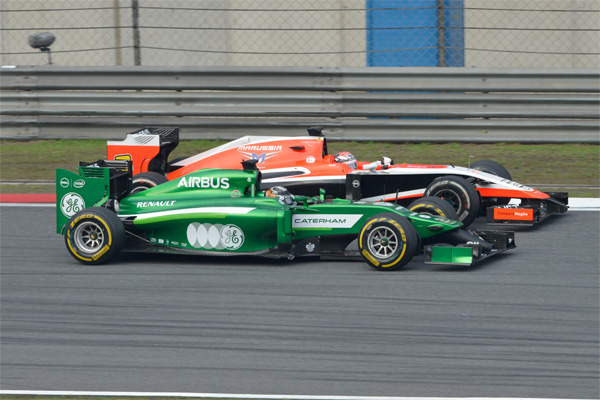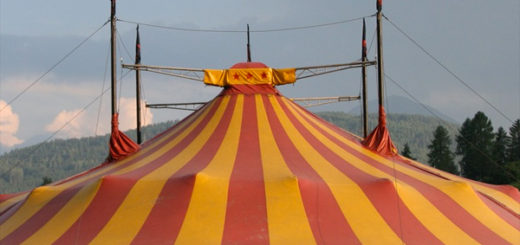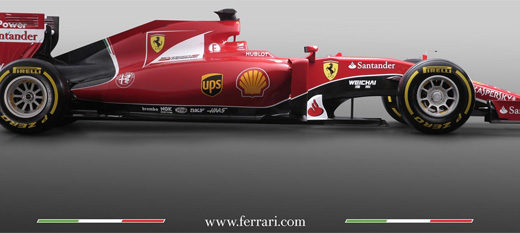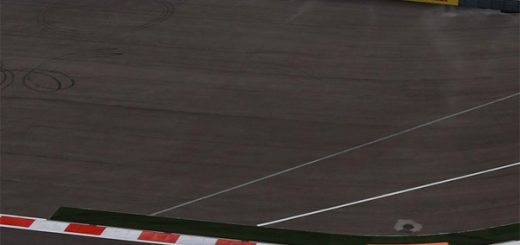Stupidity and Greed Combine for F1 Tragedy
Often in hindsight, one can see all the steps that have lead to a tragic event. Marussia F1 drive Jules Bianchi rests in a Japanese hospital, fighting for his life after a tragic and almost entirely avoidable accident. it’s horrible to think that Jules Bianchi may die or be permanently disabled, eaten up as part of the horrible workings of F1 itself.
The reasons that the accident was avoidable have nothing to do with the cars, and has little to do with the machinery used to recover a stricken car. It does have way more to do with a basic level of greed and choices made in the quest for the almighty dollar, and thus lands the problem at the feet of one Bernie Ecclestone.
The problem here is that races in Asia are generally delayed until nearly the end of the day, to try to get a better TV playing time in western Europe and specifically the UK. Like it or not, Formula 1 is a UK based sport and runs on UK time. So in order for the races to run no earlier than 6AM UK time, they tend to start very late in the day in places like Japan. The race there started at 3PM, and because it’s late in the year, the sunset is around 5:30 PM. F1 races are suppose to happen in 2 hours, within a four hour window. But clearly, there is no four hour window on this race, in fact there is barely the initial two hours before sunset. So if the race is delayed (and it was), then the drivers face the problem of low light near the end of the event.
This problem has played out before in places like Malaysia, where some races have been cut short by a combination of weather delays and low light. In Singapore, they got the F1 race only by agreeing to run as a night race, so that the TV time was better in the UK. Otherwise, they too would be running a race into the sunset.
This past week in Japan, the pending arrival of a major Typhoon also added to the problems. Race day sunday was wet, rainy, and misty, with low lights conditions as a result. The race start was behind the pace car and the cars quickly stopped after less than two laps because of poor visibility. AFter a while, there was a clear patch and they got back to racing, but the elements that lead to the tragedy were set: low light, pending bad weather, tons of spray and water in the air, limited visibility, a track with some short run off areas, and a track that is prone to having rivers of water running across it at certain points which can lead to aquaplaning. The need to get the race to at least 40 laps (so that it would give full rather than partial drivers championship points) meant that near the end of the race, the light levels were very low indeed. Adrian Sutil, the driver who had an off the lap before which lead to the yellow tractor being in the way, made it pretty clear in his comments that he was having a very hard time to be able to see where the water was pooling on the track, and his off was a result of aquaplaning… and Bianchi’s accident was likely caused in exactly the same way.
What is funny (and sad) to me right now is that the teams and such are talking about all sorts of things, including the concept of a closed cockpit car. Rather than address the real issues that created the circumstances of the accident, they are trying to come up with a way to make the accident more survivable. Kind of like erecting a patriot missile system to try to keep your horse in the barn. You need to address the issue of the open door and the missing walls before you take a big step like that. Few if any want to comment on the true root causes of the incident, because it would expose more of the terrible financial issues that face F1.
My take is this: The Japanese race should have run at least 2 hours earlier in the day. If there is a rule of a 4 hour window to complete the race, then the full four hour window should be before sunset, plus at least 30 more minutes. So if the sunset is 5:30pm, then the race should have be scheduled for 1PM local time – NO MATTER WHAT TIME IS IN THE UK. If a race in Japan is not financial viable under such a circumstance, then perhaps F1 should look at other alternatives. Running very fast cars into low light situations is just not acceptable, even in perfectly clear conditions it creates an undue risk for the drivers and officials alike.
You can blame the tractor, you can blame the rain, you can blame race control for not putting out the safety car fast enough… there is plenty of blame to go around. But when you stand back and look, the real cause here is the start time of the event itself. That choice was the initial step on the road to tragedy, and one that can and should be fixed for the 2015 season.


